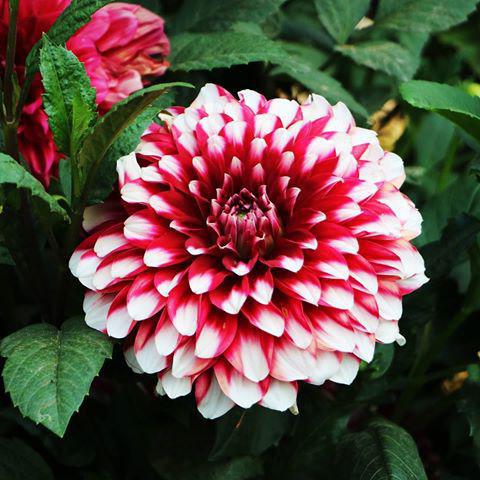Multiple allelicism is a specific state of genes
It is impossible to imagine modern medicine withoutsuch a simple method of treatment, as a blood transfusion. At the dawn of the application of this method, doctors simply pumped fluid from one patient to another, without thinking about the consequences. Subsequent observations of the patients' condition allowed to conclude that not all blood would be suitable for transfusion. This was an introduction to the discovery of blood groups.
Definition

Multiple allelism is the existence of morethan two variants of one gene. It acts as a means of natural selection, that is, prevents the fusion of the sex cells of organisms that can not have viable offspring.
This explains the sterility of some plants andanimals, as well as the impossibility of the appearance of "children" in animals of different species. A variety of symptoms is also called "multiple allelicism". Examples of this condition: a different color of the eyes and coat color, the shape of the ears or nose. But the same factor also influences the type of blood a person has.
Multiple allelicism has certain regularities:
- any gene can have more than two alleles;
- the variant of the gene can arise either because of direct or reverse mutation of another allele, and because of the change in the "wild" gene;
- in an organism with a diploid set of chromosomes, two different alleles can be simultaneously located;
- alleles are in the dominant-recessive relationship between themselves;
- inheritance of alleles obeys the laws of Gregor Mendel.
Inheritance of blood groups
Multiple allelicism is one of the manifestations of the variability of the genetic material of living organisms. One of the examples of such variability is the inheritance of the blood group in the ABO system.
This system has certain features:
- there are three alleles of gene I - A, B and 0;
- this gene is located in the ninth chromosome;
- alleles A and B dominate over 0, but they are equal;
- According to the laws of Mendel, the dominant genes manifest themselves in both the homo- and heterozygous organism, and the recessive ones only in the homozygous for this feature.
Different combinations of alleles give four groupsblood: 0, A, B, and AB. They differ among themselves antigens (agglutinogens), represented on the surface of red blood cells. At the same time, agglutinins are constantly circulating in the liquid part of the blood. These are specific antibodies that do not coincide with agglutinogens.
The phenomenon of multiple allelicism providesa variety of phenotypic manifestations of this feature in humans. The blood group is a good example of the norm of the reaction, since it does not change under the influence of any factors throughout life.
Antigenic systems

Multiple allelicisms are gene mutations,which persist in the population. One of the proteins that is affected by the mutation is the Rh factor. This protein is inherited by the dominant type. With blood transfusion or pregnancy, rhesus incompatibility may occur. In this case, the blood begins to collapse and the DIC-syndrome develops.
The blood of the mother and fetus passes through the villichorion and does not mix. If, during the first pregnancy, a Rh-negative mother develops a Rh-positive child, in the process of childbirth its erythrocytes with expressed antigens can enter the female vascular system and cause an allergic reaction of a delayed type. That is, antibodies will accumulate in the body, but they will not manifest themselves before the second pregnancy. If the second child is also Rh positive, there will be a conflict between antibodies and antigens. This can eventually lead to the death of the fetus.
Interaction of genes

Multiple allelism is the manifestation of one andalso a gene in different physiological variants. There are not only agglutinogens A, B and 0. Scientists distinguish more than two hundred agglutinogens, united in twenty groups. This determines the uniqueness of blood groups in each individual person on earth.
The difference between these groups and the ABO system is that inplasma there are no agglutinins to them. The most important are agglutinogens Rh, MN, S, P, A, Levis, Duppi, Kell, Kidd and others. In the blood, various combinations of these antigens are possible.
Fortunately, there is no single blood transfusionsense to consider all these protein molecules, since they will not cause a significant generalized allergic reaction. However, with frequent transfusions, it is not recommended to use the blood of the same donor.
Antigens of the AB0 blood groups

As we already know, in the human genotype,There is such a phenomenon as multiple allelism. Blood groups are represented by antigens A and B, the appearance of which is due to the presence of gene I. They consist of protein and carbohydrates. The specificity of each antigen is determined by the terminal fragment of the carbohydrate chain.
To form antigens A and B,H-substance, for the presence of which the gene H. corresponds. This structure is not an antigen, since all people have on the membranes of erythrocytes. People with the first blood group have only H-substance, but there are no antigens A and B.




